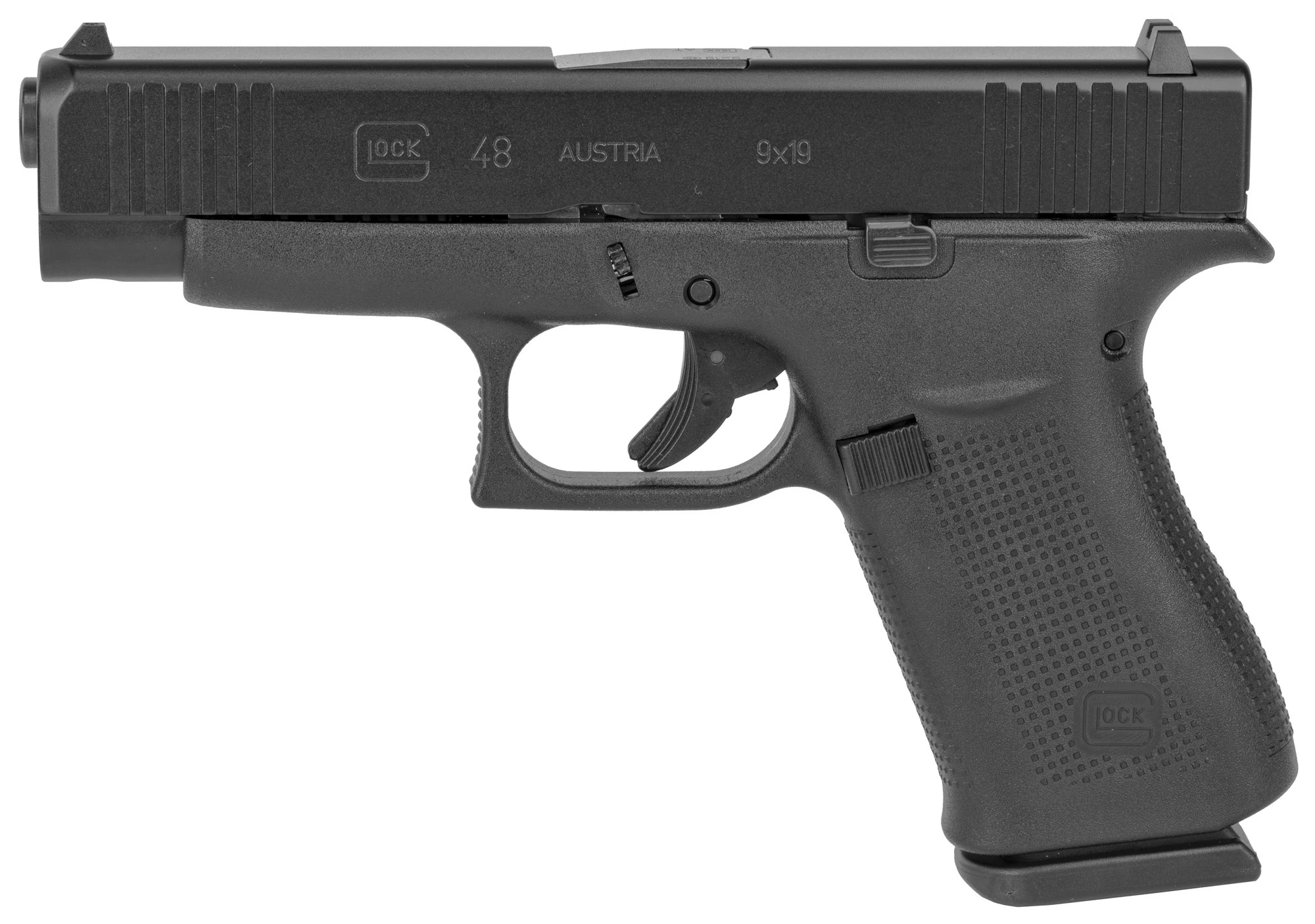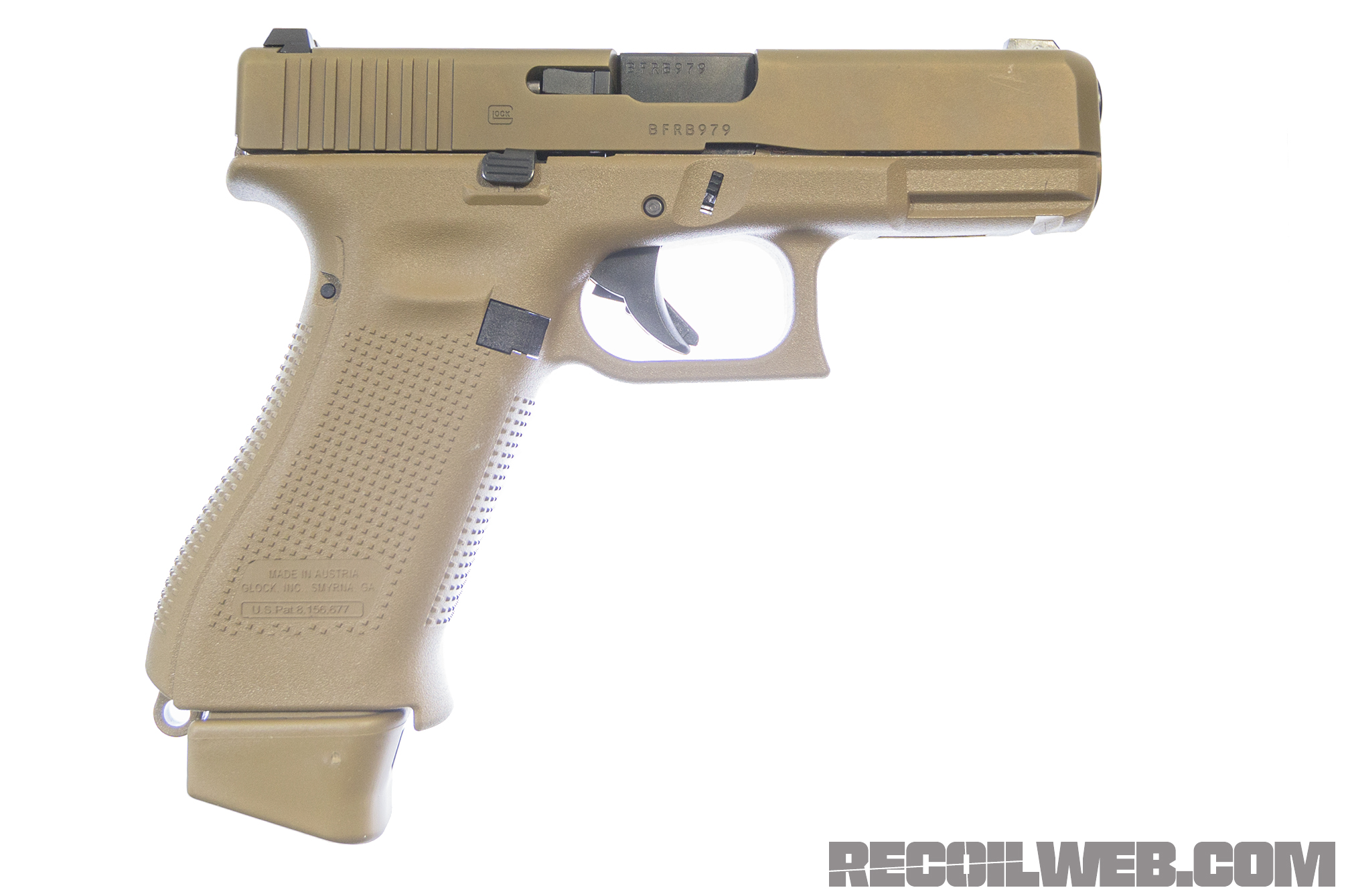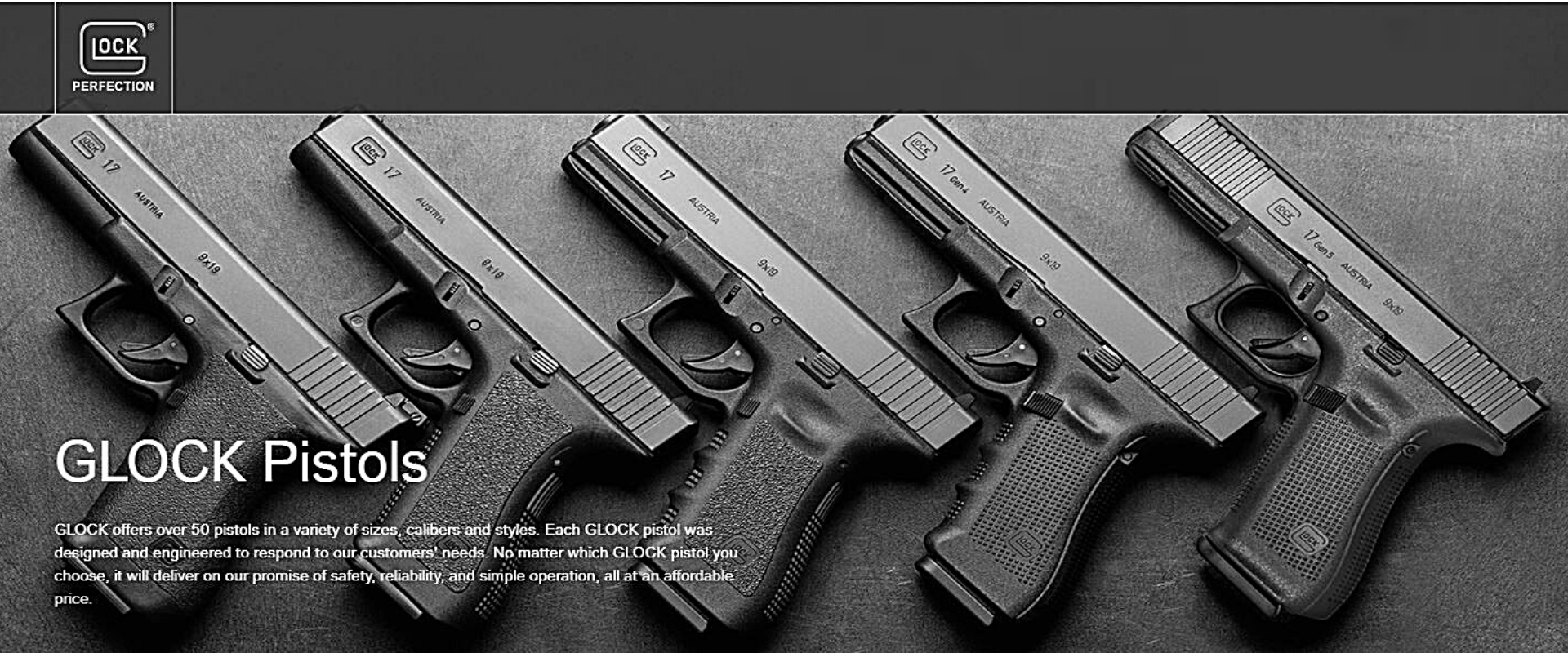Differences In Glocks - We often hear the word "revolutionary" when it comes to new products in the world of firearms. However, the number of rifles that have truly revolutionized the gun industry is relatively low.
When Glock introduced the G17, it changed everything we thought we knew about guns. The company quickly followed up with its younger brother, the Glock 19. There are some subtle (and not so subtle) differences between the rifle. In this post, we will take a look at them and see how they stack up against each other.
Differences In Glocks

Gaston Glock designed the Glock 17 in the early 1980s as a candidate for the Austrian Army's new 9mm service pistol. It was not the first production pistol to use a polymer frame (that honor goes to the H&K VP70), nor was it the first to use a firing pin. The genius of the Glock 17 was how to take these elements and combine them into a weapon that is simple, easy to maintain, light and accurate.
Are Glocks Better Than 1911?
The Model 19 was Glock's third production model. (The Model 18 is a version of the Model 17 intended for the Austrian counter-terrorism unit with fully automatic fire capability.) It takes all the functions and features of the Glock 17 and measures them up a notch, creating a more compact weapon that is easier to carry.
As mentioned, Glock originally designed the Model 17l for the Austrian Army. As such, it was meant to be worn by soldiers in the field. Its accuracy, durability and light weight have made it an attractive choice for people. However, many shooters needed a slightly smaller handgun.
Over the years, Glock has modernized the design of its pistols. They've added features like textured handles and finger grooves for a better grip, as well as interchangeable back straps for a better grip. They've also changed the internal mechanism slightly on the latest Gen 5 models. For our comparison, we looked at the Gen 4 Model 17 and Model 19. Both have proven to be consistent and reliable performance devices for civilians, military, and law enforcement.
In your hand, there isn't much difference between the Glock 17 and the Glock 19. The rifles feel basically the same, although the Model 19 has a slightly shorter grip.
A Legend Is Back
The two pistols have the same width (1.26 inches) and the same distance from the back of the slide to the ejection port. The Gen 4 Model 17 and Model 19 both have interchangeable backstraps, though the Model 17 backstraps will not fit the Model 19 and vice versa. The Glock 19 in our photos is my personal Model 19. It has a backstrap with a small extension near the slide, which is different from what the Model 17 uses.
The height of both pistols is also different. A standard Glock 17 magazine holds 17 rounds, while a standard Glock 19 magazine holds 15 rounds. At 5.47 inches, the 17 has a frame just under half an inch longer than the 19. 17 weighs 32.3 ounces empty. The smaller 19 model weighs 23.6 ounces.
The barrel and bolt length is where we see the biggest difference between the Glock 17 and the Glock 19. The Gen 4 model 17 has a slide length of 7.32 inches and a barrel length of 4.49 inches. The Glock 19 has a slide length of 6.85 inches and a barrel length of 4.02 inches.

Due to the different lengths of the barrel and sliding elements, the return springs are not interchangeable among themselves. However, all parts of the frame's fire control are interchangeable between the two weapons.
Glock 17 Gen 4 Vs Gen 5
We tested the accuracy of the Glock 17 and Glock 19 using three commonly available brands of 9mm ammo:
Both guns were fired from rest at a target 15 yards away. We tested average velocity and average group size using a ProChrono digital chronograph positioned behind the barrel of each rifle. The temperature at the time of testing was 85 degrees with 85 percent humidity.
The heavier Glock 17 pistols seem to be more manageable with recoil than the Glock 19. However, both pistols scored excellent on our accuracy tests. The Glock 17's longer barrel allows more powder to burn inside the cartridge case while still being pulverized into the barrel. This resulted in slightly higher muzzle velocities for the Glock 17 than for the Glock 19.
From its military beginnings, the Glock 17 has found its home in the portfolios of police officers around the world. Weighing in at just over two pounds, it revolutionized what a service handgun could be.
Glock 43x Vs Glock 43 (with Pictures)
However, the Glock 17 was not meant to be concealed. The longer frame of the Model 17 means that the pistol’s stock protrudes slightly under concealed carry clothing. This makes it a challenge to hide. However, in recent years, the rise in popularity of the Waist Belt (AIWB) has seen an increase in interest in using the Glock 17 as a concealed carry pistol. The taller, longer gun is very comfortable to hold in this position.
With 15 rounds of 9mm ammo in the magazine, a 4-inch barrel, a decent trigger, and a compact size, the Glock 19 is one of the best concealed carry pistols out there. It's easy to conceal on your belt, has an amazing range of accessories available, and has a reputation for reliability that most other handguns on the market like.
However, the two extra cartridges in the Glock 17 give it a slight advantage in firepower over the Glock 19. The Glock 17's slightly longer slide (and thus its longer sight radius) gives the Glock 17 a slight advantage in accuracy.

It all depends on what you're looking for. If you want a gun for your home defense, you'll be hard-pressed to find anything better than the Glock 17. It's a gun that works well for practical shooting competitions. For everyday concealed carry, practice and training, the Glock 19 is pretty much the standard by which all other compact 9mm pistols are judged. Either way, you get a reliable and accurate handgun that has been a market leader for decades.
Glock 26 Vs. Glock 43
Prior to joining the team at, Kevin Creighton led marketing for a number of companies in the firearms world. Kevin has been a firearms writer since 2006, writing articles about the new realities of gun ownership in the United States for publications such as American Hunter, Shooting Illustrated, BearingArms.com and Beretta.com as well as Downrange TV. He is an active USPSA, IDPA, and 3 Gun competitor and is an NRA licensed firearms instructor. Kevin has hundreds of coaching hours from the likes of Bob Vogel, Craig Douglas, Rob Leatham, Massad Ayoob, and others. Glock currently manufactures more than 50 different models of pistols. Here's what you need to know about the differences between Glock pistols so you can choose the right one for your particular situation.
Originally designed by legendary engineer Gaston Glock decades ago, Glock pistols are some of the most popular pistols of all time. Although some in the shooting community have been slow to accept the new polymer-framed pistol, Glock pistols are now popular with law enforcement, military forces, and civilian shooters in the United States and around the world. This is mainly thanks to the durability and reliability of these putters.
Largely due to its popularity, Glock now makes dozens of models of the ubiquitous pistol. However, many gun owners will likely agree that the number of different Glock pistols currently being produced can be overwhelming.
Although they are all semi-automatic pistols, share a number of features (such as their "Safe Action" safety system), and parts are interchangeable between some Glock models, there is sometimes a significant difference between Glock pistols.
Glock Introduces 19x Pistol
Glock currently makes semi-auto pistols in seven different cartridges: 9x19mm Parabellum (aka 9mm Luger), .357 SIG, .380 ACP, .40 S&W, 10mm Auto, .45 ACP (aka .45 Auto), . 45 Gap. At the same time, Glock pistols are produced in five different size configurations: Standard, Compact, Compact, Slim and Competition.
Standard models are full-size pistols with large magazine capacity designed for FBI, law enforcement, and military use as a utility/service handgun or for general and civil self-defense use. Compact models are slightly smaller and have a smaller magazine capacity. Law enforcement agencies often issue compact models for officers with small hands, and these models are very popular for concealed carry. If that's good enough for the police department, you know you can count on it when you need it.
Mini models are smaller in size and are specifically designed for concealed carry. As the name suggests, the Slimline models are the smallest production Glock pistols and use a single magazine, which results in a very narrow frame at the expense of reduced magazine capacity. Competition models feature longer barrels, longer clips and better sights.

Finally, Glock has upgraded its pistols several times over their lifetime
Glock 19 Gen4 Vs. Gen 5: What Are These Guns Different?
Cultural differences in communication, gender differences in adhd, differences in iphones, glocks in 45 acp, differences in fitbits, differences between glocks, difference in glocks, cultural differences in healthcare, differences in olive oil, differences in ring doorbells, differences in intel processors, glocks made in usa